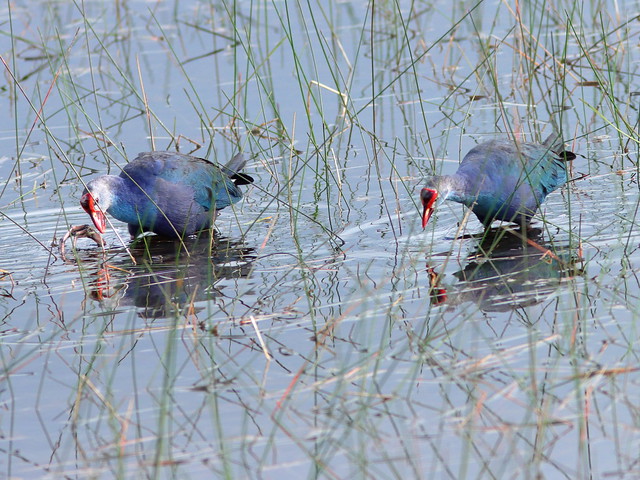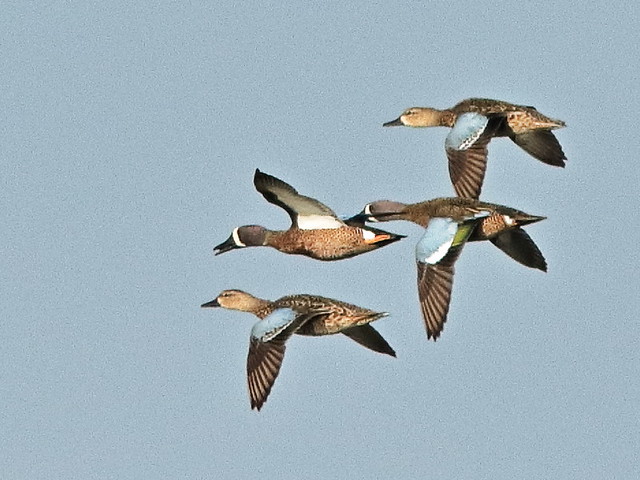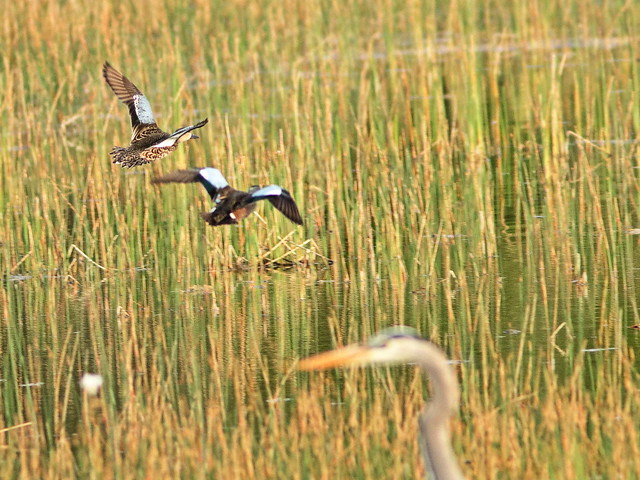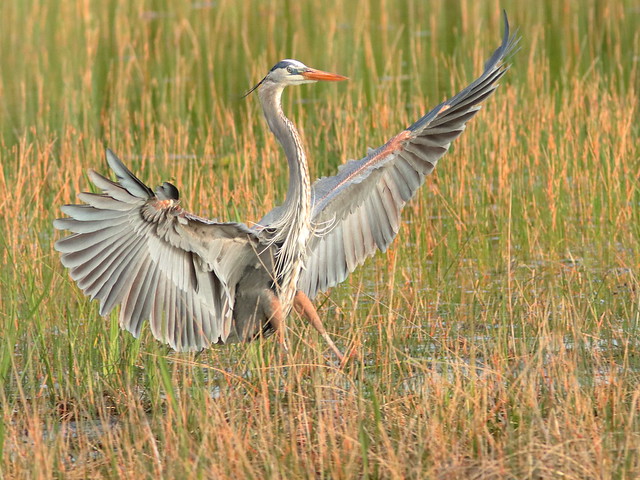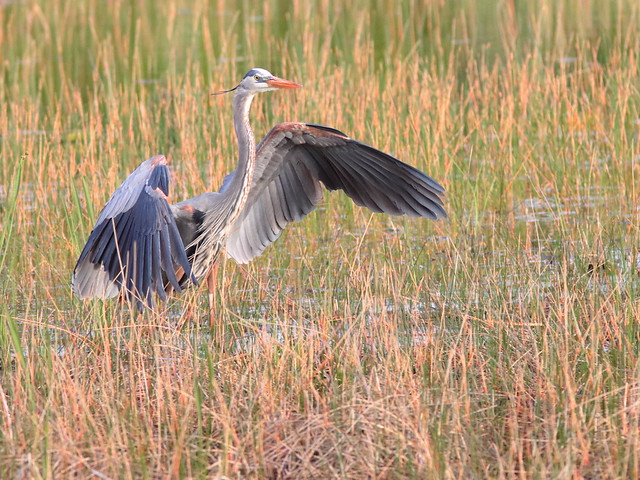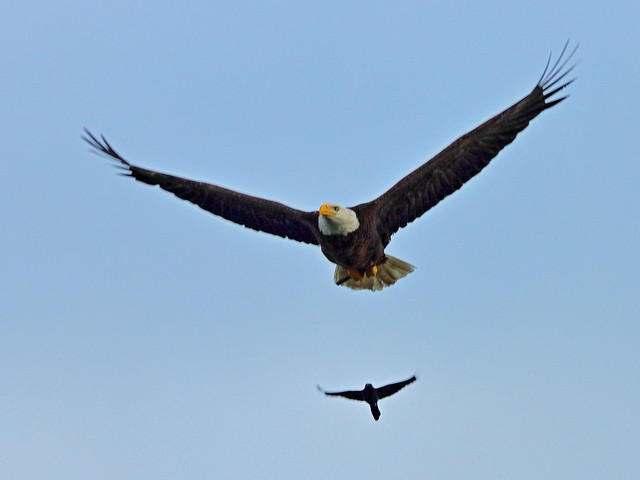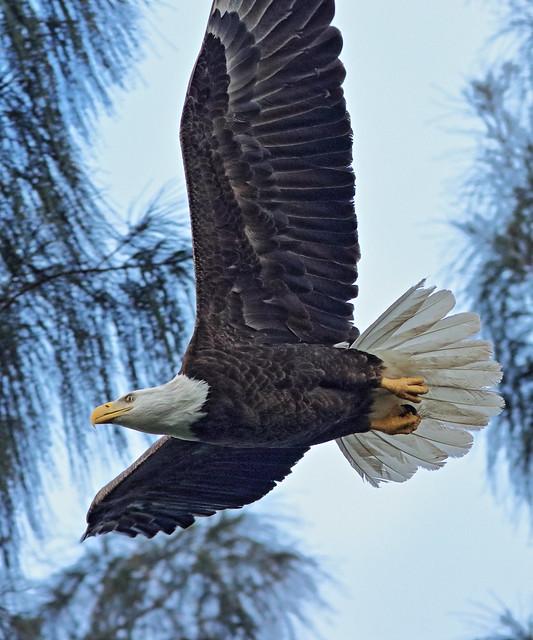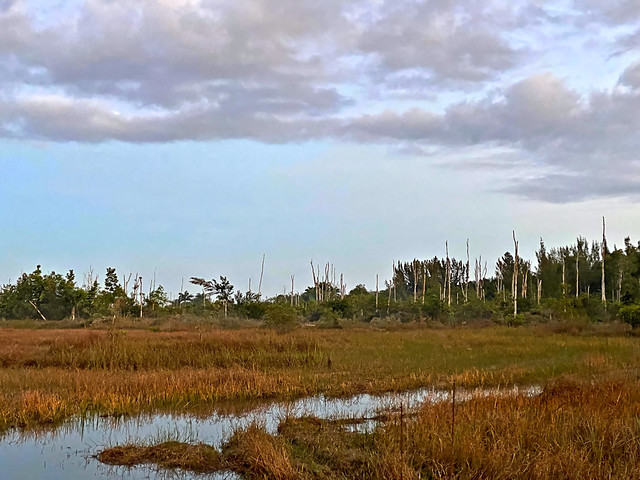At least once a week I try to visit Chapel Trail Nature Preserve, a City park in nearby Pembroke Pines. In previous years I led a public monthly wetlands walk during the cooler half of the year (September - March). Thanks to COVID-19 all the walks were canceled in the fall of 2020 and early 2021.
For a time the park itself was closed, but in recent months restrictions have been eased and visitors are encouraged to wear masks and practice social distancing.
On March 11 my visit was shortened by an approaching rain storm. Under menacing clouds I snapped a few shots of American Coots...
...and Gray-headed Swamphens....
...before heavy rain arrived and I sought shelter in my car::
As the sky began clearing I decided to check the Bald Eagle nest, hoping to see the eaglet(s) which hatched about a week earlier. I found both members of the pair on the nest. The female (Jewel) was sitting high and the male (Pride) appeared to be tending or feeding a chick, but they were out of sight
Pride flew off the nest to roost nearby:
My next visit to Chapel Trail, shortly after sunrise on March 18, was more productive. I was the first visitor-- almost! A Raccoon left tracks in the heavy dew which covered the boardwalk:
A Purple Gallinule was harvesting the spent flowerheads of the Spatterdock (Yellow Pond Lily). The developing seeds of this plant are one of the gallinule's favorite foods:
A distant male Belted Kingfisher kept watch. It will soon be migrating north to its breeding range:
Blue-winged Teal were visiting before their departure to Canada and the the northern tier of the US:
Two pairs circled the wetlands before settling down
A Great Blue Heron obliged me by posing on the boardwalk before flying off...
...and settling down in the wet prairie, where fresh Spikerush was restoring green color to the landscape:
A male Boat-tailed Grackle looked me over:
The bright blue bill of a Tricolored Heron indicated that it was in breeding condition:
An adult Little Blue Heron flew over, non-stop:
Carnivorous Florida Yellow Bladderwort were blooming. They capture insect larvae and even small fish fry by trapping them underwater in collapsed hollow tubular root-like leaves. When disturbed, the end of the tube snaps open and creates a vacuum. which sucks in the prey:
Blossoms decorated the Wild Magnolia trees:
On our local wetlands in the darkness an hour before sunrise, the fragrant Moonflowers almost glowed. This vine Ipomoea alba, aka Tropical White Morning-Glory, is an annual native to North America and flourishes as a perennial in subtropical climate of south Florida. Unable to photograph them in such poor light, I used flash to see them before the flowers closed up and died after sunrise.
As expected at the vernal equinox, the sun rose directly to the east over the lake, lined up with "Sundial Alley:"
= = = = = = = = = = = = = = =
Linking to:
Garden Affair
Fences Around the World
Skywatch Friday
Weekend Reflections
Saturday's Critters
BirdD'Pot
Camera Critters
All Seasons
Wordless Wednesday (on Tuesday)
Natasha Musing
Our World Tuesday
Please visit the links to all these posts to see some excellent photos on display
________________________________________________

